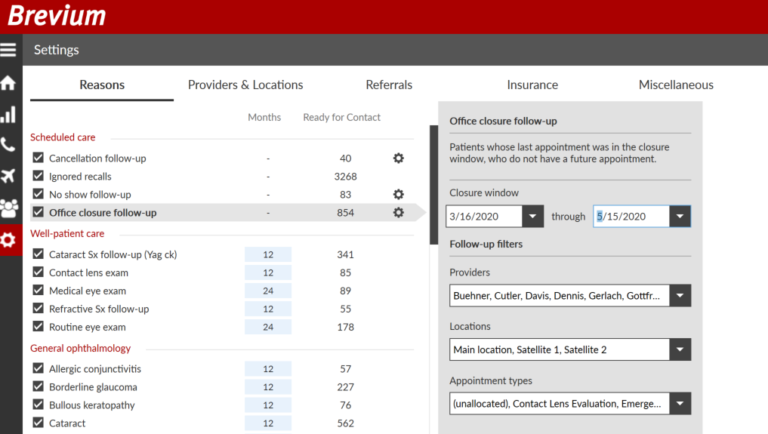The Brevium Blog

Four Ways You Can Make Your Patients More Comfortable
Many people — up to 25 percent — avoid medical care because they are uncomfortable visiting their healthcare provider. They might be anxious about their physical pain, they don’t fully trust that their caregiver is committed or capable of dealing with their condition, or the medical odors and stark surroundings distress them.
Ensuring you provide comfort to patients is important for two reasons. First, to convince patients to visit your office for important healthcare, they need to feel comfortable. Second, patient comfort is essential to the healing process. When patients are anxious, their cortisol increases, and they recover more slowly. One study showed that patients with moderate stress experienced 17 percent more postoperative complications and a readmission rate that was 20 percent higher. Another study showed that patients who considered themselves to be in excellent health also rated their medical care very high. [1]
Consider that patients need to feel comfortable in three areas. Your office atmosphere, including the décor and your staff’s attitude, contribute to comfortable surroundings. Trust and a personal relationship make patients at ease with their caregiver. Patients also need to feel safe and at ease with their caregiver’s diagnoses and treatment recommendations.
Create a Warm and Inviting Atmosphere
Establishing each patient’s comfort level starts when they first step into your office. The surroundings should be inviting. Provide comfortable seating in the waiting area, with space between patients, and brighten the office with interesting artwork and other décor. Refreshments such as a small refrigerator with bottles of water and treats for children go a long way without costing a lot. Your front-office employees must be friendly and inviting. They should address each patient by name and ask about any personal activities such as birthdays that you have noted in the patient file. At the same time, staff should be professional, so patients are comfortable sharing their condition and reason for the visit.
Develop a Trusting Patient Relationship
Patients must be comfortable with their caregiver. This means developing a trusting relationship built on caregiver competence, clear and honest communication between the patient and caregiver, and an educated patient who can make decisions based on the caregiver’s recommendations. Be friendly and approachable, take your time to ensure the patient fully understands what you are explaining, and avoid medical jargon. Remember that each patient is an individual. Be sensitive to their personal makeup and patient experience.
Educate Patients
Before you start educating your patients, listen. Take the time needed to hear what your patients have to say and explain how they feel. This not only shows them that you care, but you might hear about a symptom or condition that you didn’t expect. Then explain your diagnosis and treatment recommendations in terms they understand — avoid jargon and medical-speak. Be patient, watch body language and ask questions to ensure they understand completely. As their comfort with your advice increases, so will their compliance.
Keep a Clean Office
Your housekeeping personnel play a vital role in your office. Your patients deserve and expect a hygienic environment. Practicing clean procedures will carry a lot of weight in keeping your patients comfortable and improving the patient experience.
Take Care of Yourself
When you and your staff are overworked and stressed, you cannot provide a comfortable environment for your patients. Take time to relax periodically throughout the day. Spend a few minutes contemplating any issues that you don’t give yourself time to think about. When you’re relaxed, your patients will be relaxed, too.
Bringing patients into your office for care and recare depends as much on how comfortable they are when they visit your office as it does on the care they receive. Even with your attention to your patients’ comfort, you likely still have many patients who have fallen out of compliance for various other reasons. To help bring them back to your comfortable office, ask Brevium to help.
Brevium is the pioneer in patient reactivation. Brevium’s software mines clients’ patient databases using customized algorithms to find lost patients. Brevium then uses communications strategies that are based on original research to help ensure that patients return for the care they need, and practices derive the greatest financial benefit from the patient appointment lifecycle™. Hundreds of practices have found Brevium to be a trusted partner, with personalized training and unlimited support.
I want to find out how Brevium can help me show patients how comfortable they can be in my office.














